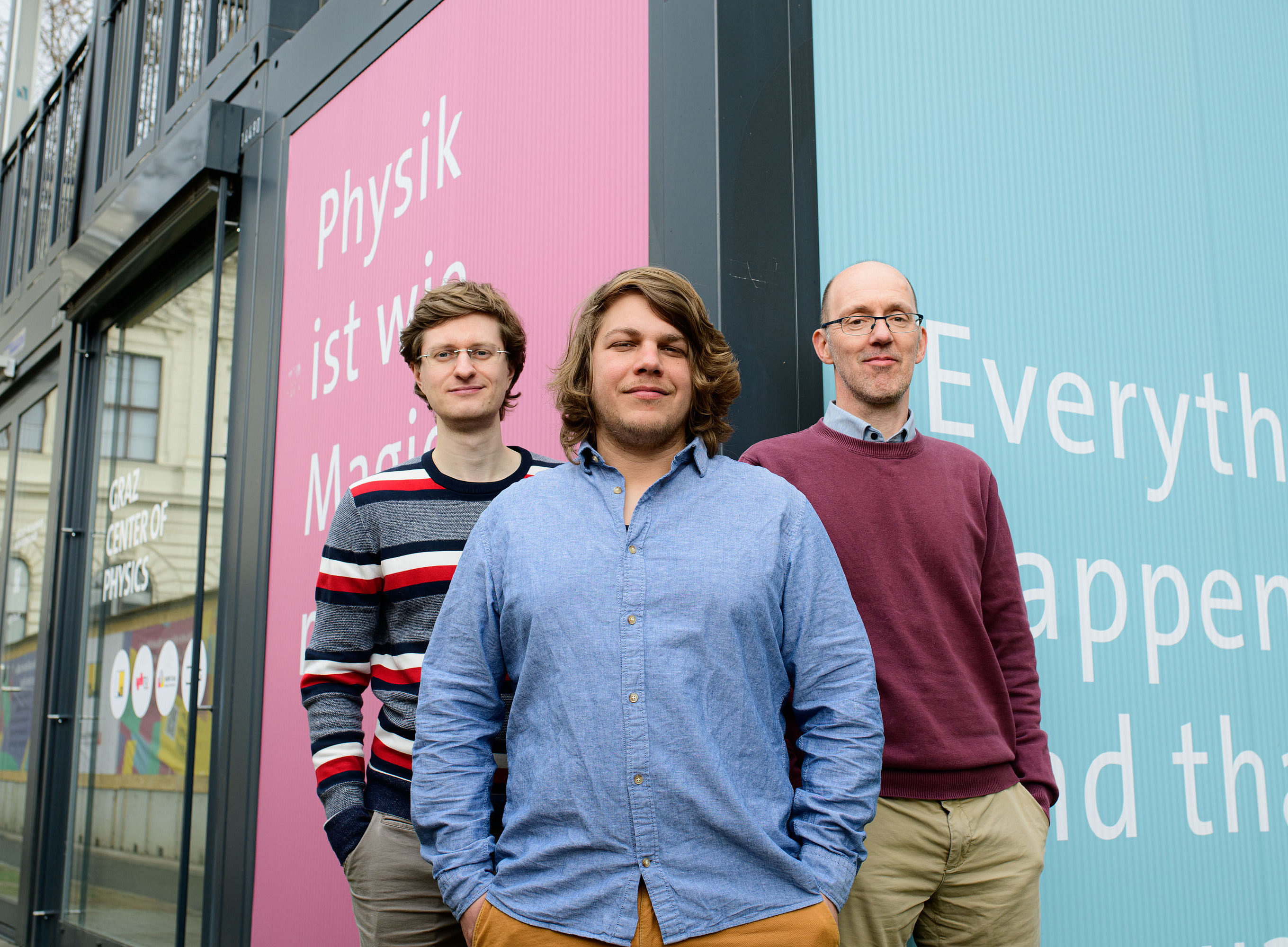It is common and yet one of the most important physical reactions from the world of quantum research: light meets matter and this leads to a wide variety of phenomena; people risk sunburn, black surfaces become hot and electricity is generated in photovoltaic systems. But what is behind it all? When a particle of light, a photon, hits an electron in a molecule, it throws the electron out of its orbit. Experts say that the electron is excited and reaches a higher level. In doing so, it leaves behind an empty space, an electron hole, to which it remains quantum mechanically connected. The result is a quasi-particle called an “exciton”.
But what properties do these quasi-particles have, what are they capable of, and what do they look like? Clarifying these questions has long been a major challenge. Researchers from the Universities of Göttingen, Graz, Kaiserslautern-Landau and Grenoble-Alpes have now achieved a decisive breakthrough. They were able to capture several images of such excitons. A remarkable achievement considering the rapid change and the tiny size. We are talking about 0.000000000000001 seconds and a length of 0.000000001 metres. The groundbreaking results were published in the journal Nature Communications.
Wiebke Bennecke, physicist at the University of Göttingen and first author of the study, explains: “We record the changes with extraordinarily precise spatial and temporal resolution and relate them to the theoretical predictions of quantum mechanics.” The researchers refer to this new method as photoemission exciton tomography.
Complex images
This technology enables the scientists to measure and visualise the quantum mechanical wave function of the excitons. The team at the University of Graz makes a significant contribution to the evaluation of the data by providing the theoretical models for the analysis. “The setup in Göttingen is unique and can take these complex images. We can then explain what you see on them,” says Peter Puschnig, head of the research team at the University of Graz.
Göttingen physicist Dr Matthijs Jansen explains the significance of the findings: “We have investigated organic carbon-based semiconductors, which are used in special photovoltaic systems or in the OLED screens of smartphones, for example.” The images illustrate how the exciton quickly spreads across several molecules and shrinks again within a few femtoseconds (one millionth of a billionth of a second).
Puschnig emphasises: “The results confirm the theoretical model we are working on at the University of Graz.” This can be helpful, for example, in the development of new photovoltaic technology on an organic basis. “We now have a more profound understanding of how the process of generating electricity with such systems works.” The vision behind the research: using new technologies to generate more electricity from sunlight.
Next step: Videos
These new photos of the excitons are by no means the end of the research, but rather the beginning of further intensive analyses. The next step is to record videos of the quasi-particles, says Göttingen researcher Jansen: “We hope that this knowledge will contribute to the development of more efficient materials for solar cells.”
The team in Graz is now also focussing on the further development of the underlying theory. The researchers received funding for this from the EU ERC grants under the title “Orbital Cinema”.
This research was funded by the German Research Foundation (DFG) as part of the Collaborative Research Centres “Atomic Control of Energy Conversion” and “Mathematics of Experimentation” in Göttingen and “Spin+X” in Kaiserslautern-Landau.
Publication
Bennecke, W. et al, Disentangling the multiorbital contributions of excitons by photoemission exciton tomography. Nature Communications (2024).
